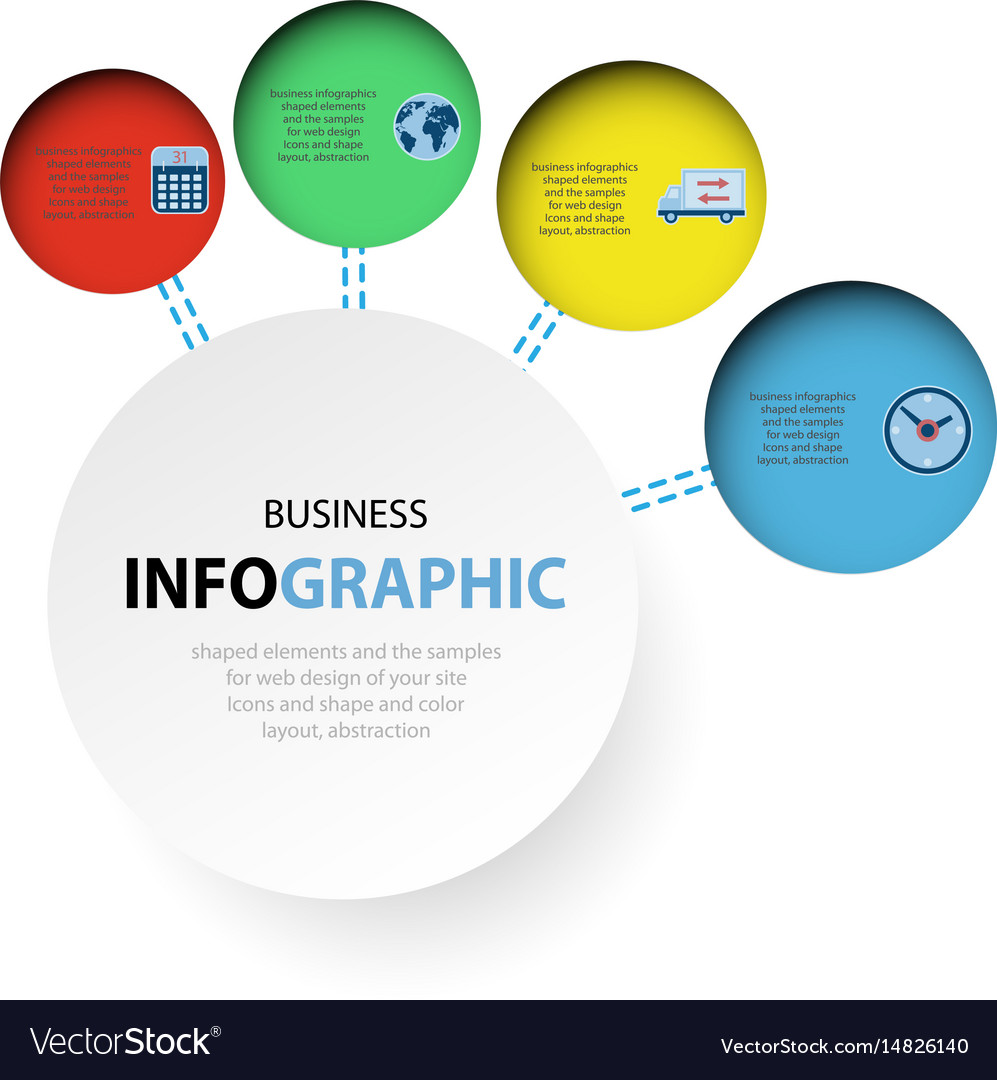The Development Of Web Design: Then And Currently
The Development Of Web Design: Then And Currently
Blog Article
Web Content Produce By-Kinney Trolle
In the past, web sites were basic and concentrated on information. Navigating was direct, and style was for desktops. Now, user experience is crucial. Data guides designs for easy navigation. Receptive designs suit various tools. Today, dark setting minimizes pressure, and minimalist food selections boost navigating. Interactive features engage individuals, and bold visuals stand apart. SEO Agency For LASIK Practice increases engagement. See just how style has advanced to boost your online journey.
Very Early Days of Website Design
In the early days of web design, simplicity preponderated. Websites were standard, with limited colors, font styles, and formats. The focus got on supplying details instead of fancy visuals. Users accessed the net via slow dial-up connections, so rate and capability were crucial.
Navigation food selections were straightforward, commonly situated at the top or side of the web page. Websites were created for home computer, as mobile surfing wasn't yet common. Content was king, and developers prioritized very easy readability over complicated layout aspects.
HTML was the key coding language utilized, and designers had to work within its constraints. Computer animations and interactive functions were marginal contrasted to today's requirements. Websites were fixed, with little vibrant content or individualized customer experiences.
Rise of User-Focused Design
With the development of internet site layout, a change towards user-focused design concepts has become significantly popular. Today, creating internet sites that prioritize user experience is critical for involving site visitors and accomplishing organization goals. User-focused design involves understanding the needs, choices, and actions of your target audience to tailor the site's format, material, and includes appropriately.
Developers now perform comprehensive research, such as user surveys and use screening, to collect insights and feedback directly from users. This data-driven method helps in developing user-friendly navigation, clear calls-to-action, and aesthetically appealing user interfaces that resonate with site visitors. By putting the individual at the facility of the style process, web sites can deliver an extra tailored and delightful experience.
Responsive style has likewise become a crucial facet of user-focused design, ensuring that sites are optimized for numerous tools and display dimensions. This versatility improves ease of access and usability, catering to the varied means customers engage with sites today. Basically, https://www.google.com/maps/place/Moon+and+Owl+Marketing/@32.9757271,-106.5344695,1840583m/data=!3m1!1e3!4m6!3m5!1s0x864ddeaa4179705b:0x488d41d2cc6b9750!8m2!3d32.9757271!4d-97.5696258!16s%2Fg%2F11b6mpccrg?entry=ttu&g_ep=EgoyMDI1MDIxMS4wIKXMDSoJLDEwMjExNDUzSAFQAw%3D%3D of user-focused layout symbolizes a shift in the direction of producing digital experiences that focus on the demands and expectations of completion individual.
Modern Trends in Website Design
Discover the most recent patterns shaping web design today. One popular pattern is dark setting layout, using a sleek and contemporary appearance while decreasing eye pressure in low-light environments. An additional vital fad is minimalist navigation, streamlining food selections and improving customer experience by concentrating on essential elements. Including micro-interactions, such as animated buttons or scrolling impacts, can create an extra appealing and interactive web site. Receptive style stays important, guaranteeing seamless individual experiences across numerous tools. In addition, utilizing strong typography and asymmetrical formats can add visual rate of interest and draw attention to particular material.
Incorporating AI innovation, like chatbots for client assistance or individualized referrals, boosts user interaction and enhances procedures. Ease of access has also come to be a substantial fad, with designers prioritizing comprehensive style methods to accommodate varied customer demands. Welcoming sustainability by enhancing web site performance for rate and performance is an additional arising fad in web design. Teaming up with individual feedback and information analytics to repeat and improve layout constantly is crucial for remaining relevant in the ever-evolving digital landscape. By embracing these modern fads, you can create an aesthetically enticing, straightforward site that reverberates with your target market.
Verdict
As you reflect on the development of site design from the very early days to currently, you can see exactly how user-focused design has ended up being the driving force behind modern patterns.
Embrace the journey of adjustment and adaptation in web design, always keeping the customer experience at the forefront.
Remain present with the most recent trends and technologies, and never quit progressing your approach to create visually sensational and easy to use websites.
Develop, adapt, and create - the future of web design remains in your hands.
